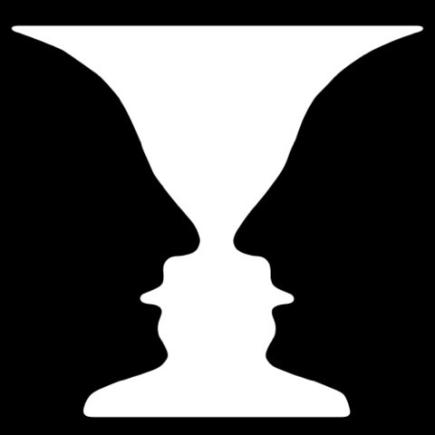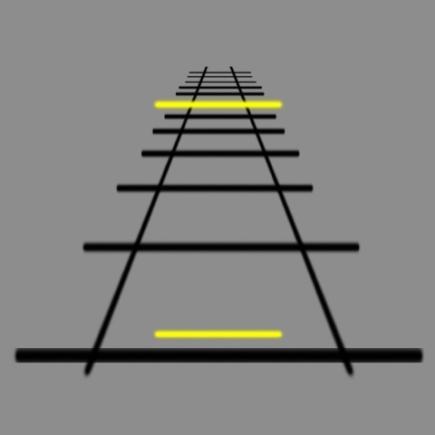
They say “seeing is believing.” It is true that we tend to believe what our eyes tell us, but in the case of optical illusions, what our eyes tell us is not always the truth. Sight is a complex process that involves our eyes sending raw information for our brain to interpret. This visual system takes many short cuts and makes edits to images before we’re even made aware of them. Optical illusions take advantage of these short cuts and uses them to fool the brain. There are many different kinds of illusions. Here are a selection of eye-boggling illusions and explanations of how they work.
Gestalt organization

According to Gestalt psychologists, the brain has a way of taking incoming visual information and organizing it into a meaningful whole. An example of this type of illusion is the Kanizsa triangle. The brain organizes the individual elements and sees a white triangle floating in the middle even though no triangle exists.
Figure–Ground illusion

When we look at the world in front of us, we don’t see everything at once as this would completely overwhelm the senses. Instead, we focus on a main object, known as “the figure.” Everything else around it becomes “the ground.” A figure-ground illusion is an image in which it is unclear what is figure and what is ground, so our mind switches back and forth trying to make sense of it. The most famous of these kinds of illusions is the Rubin vase in which you may either see two faces in black or a vase in white. Another one is the Canadian flag in which you may see a maple leaf in red or two faces arguing head to head in white.
Depth perception illusion

The brain is accustomed to perceiving a three dimensional world in which images higher in the visual field are farther away and therefore larger. In the Ponzo illusion, two parallel lines placed over converging lines on a two-dimensional plane give a sense of depth and therefore it appears as if the higher yellow line is larger. However, the two yellow lines are the same size.
Optical illusions have been popular since long before we knew what made them work. While advances in neuroscience have defined the visual processes that trick your brain into falling for them, it’s still fun to let yourself be fooled.





